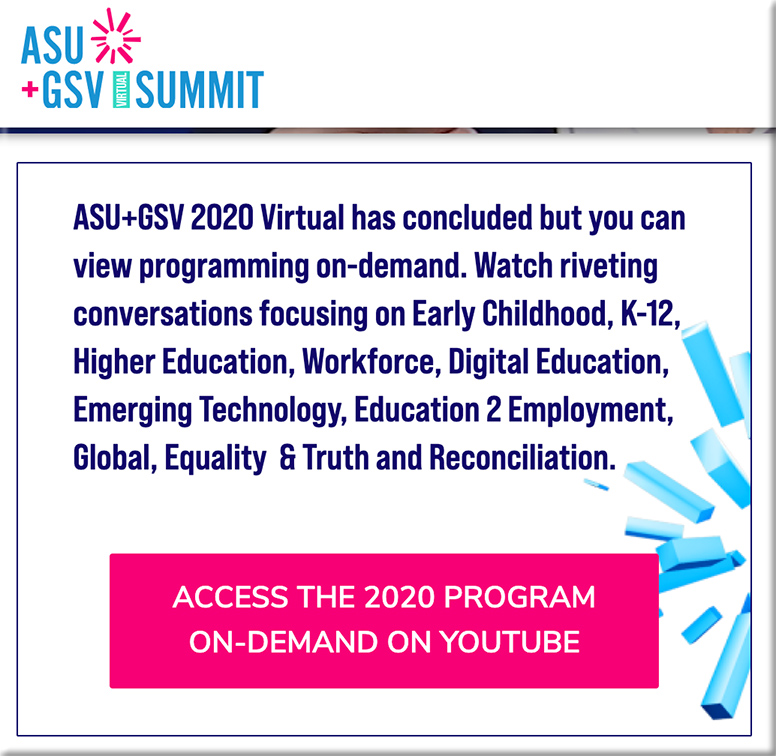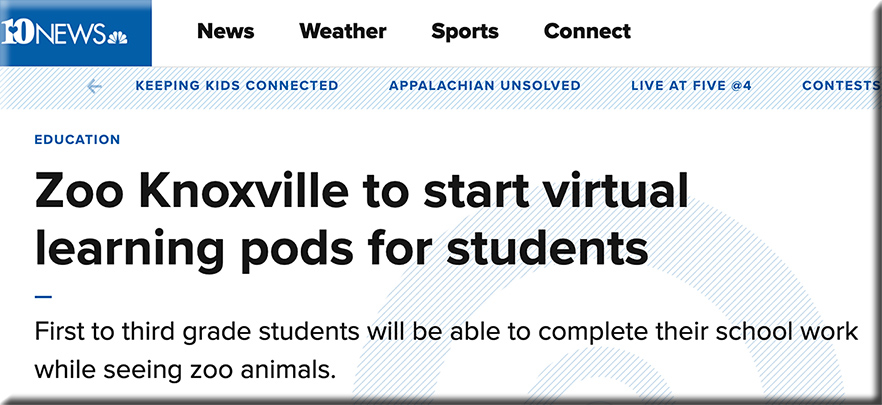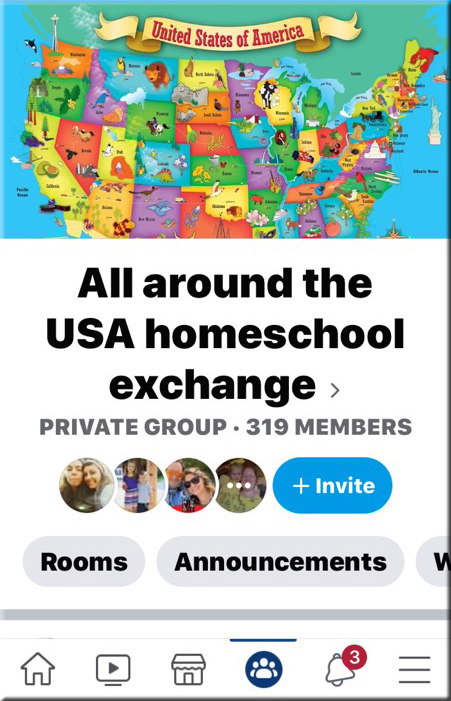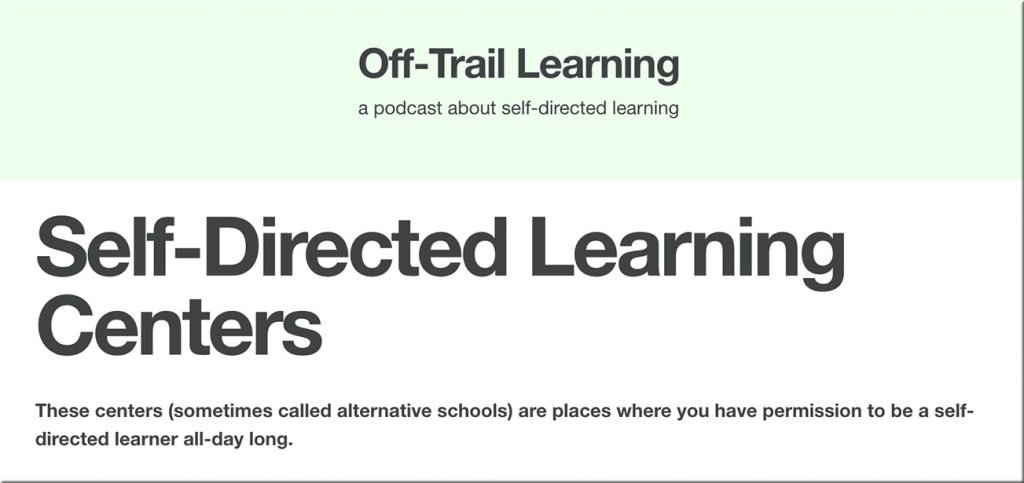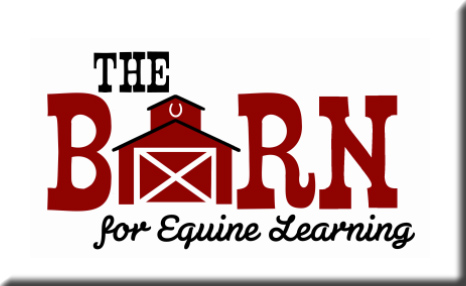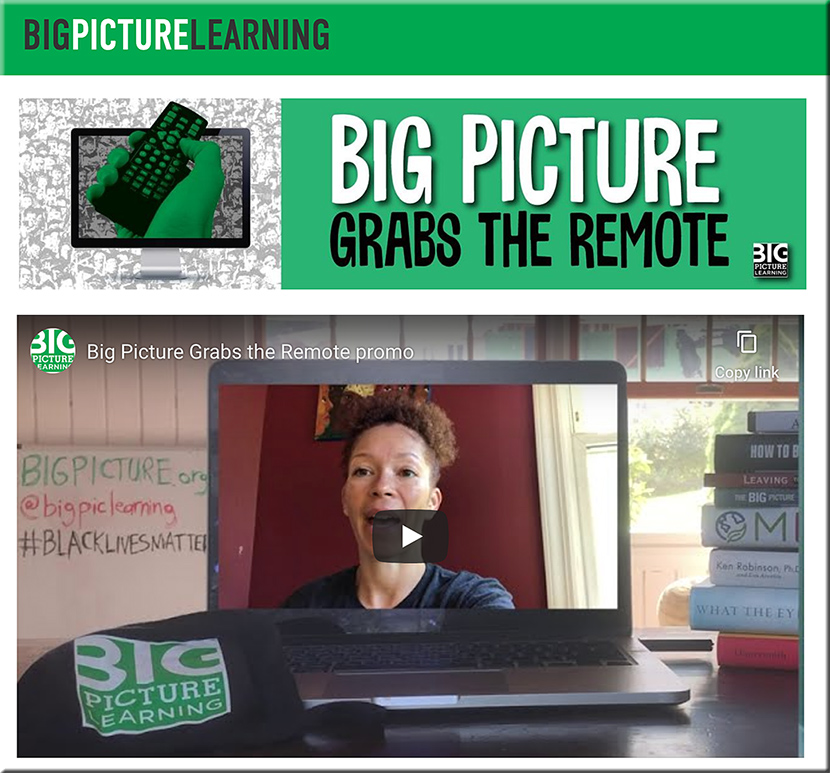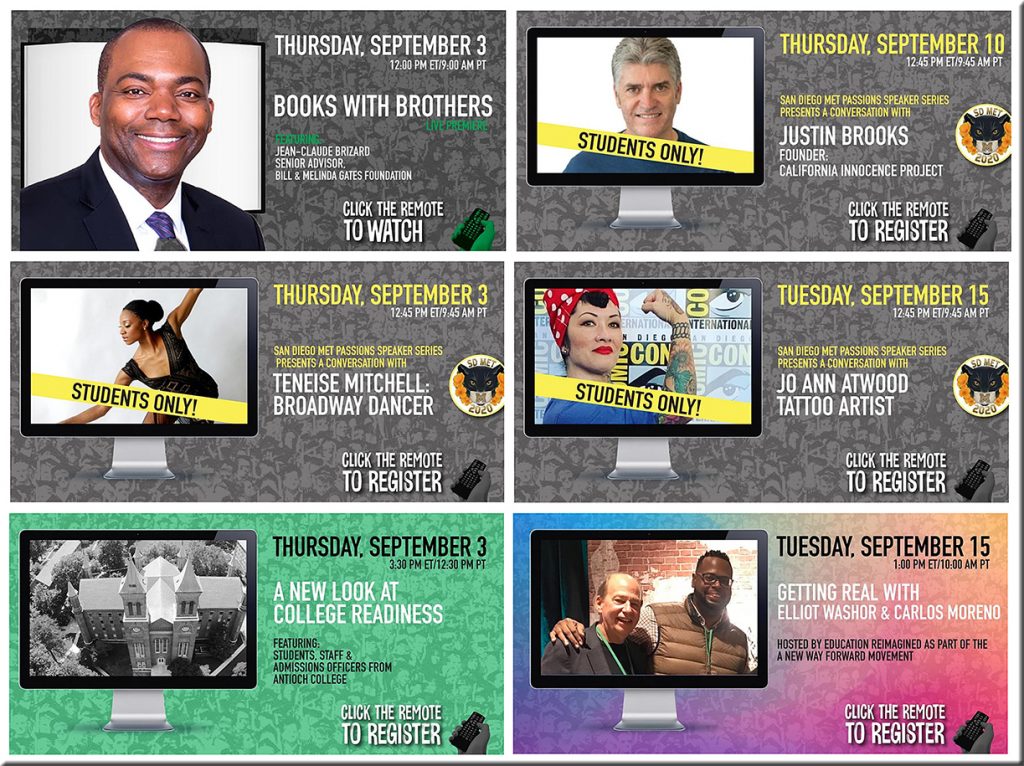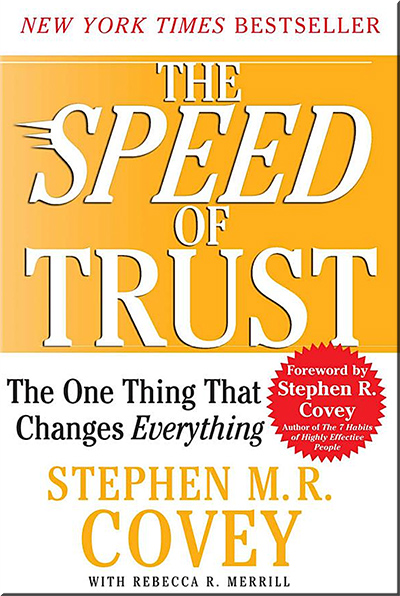Connectivity gap persists for at least 300K California students — from educationdive.com by Shawna De La Rosa
Dive Brief:
- California school districts are required to provide both devices and high-speed internet connection to any student learning from home, but between 300,000 and 1 million remain disconnected, EdSource reports. A backlog of computer orders and weak broadband infrastructure in remote areas are contributing factors.
- At a state assembly education committee hearing Wednesday, California education leaders, teachers and lawmakers discussed how to close the digital divide. Though most households have enough broadband to handle some video calls, many family networks don’t have the strength for multiple students to be connected at once.
- Nationwide, approximately one-third of households with annual incomes under $30,000 and with children under 18 don’t have high-speed internet connection at home, impacting roughly 9.7 million students, according to a Pew Research Center report. A quarter of teens within that socio-economic bracket lack access to a computer at home.
From DSC:
Per Wikipedia, this is a 1910 Model T that was photographed in Salt Lake City:
From DSC:
The Ford Model T didn’t start out looking like a Maserati Gran Turismo from 2021! Inventions take time to develop…to be improved…for new and further innovations and experiments to take place.
Thinking of this in terms of online-based learning, please don’t think we’ve reached the end of the road for online-based learning.
The truth is, we’ve barely begun our journey.
Two last thoughts here
1 ) It took *teams* of people to get us to the point of producing a Maserati like this. It will take *teams* of people to produce the Maserati of online-based learning.
2) In terms of online-based learning, it’s hard to say how close to the Maserati that we have come because I/we don’t know how far things will go. But this I do know: We have come a looooonnnnnggggg ways from the late 1990s! If that’s what happened in the last 20 years — with many denying the value of online-based learning — what might the next 5, 10, or 20 years look like when further interest, needs, investments, etc. are added? Then add to all of that the momentum from emerging technologies like 5G, Augmented Reality, Mixed Reality, Virtual Reality, Artificial Intelligence, bots, algorithms, and more!
From DSC:
To drive the point home, here’s an addendum on late 9/29/20:
- Mercedes-Benz Shares Video of Avatar Electric Car Prototype — interestingengineering.com by Fabienne Lang
The German car company shared footage of the breathtaking vehicle prototype.
Personalized Learning Is Special Education and the Time Is Now — from gettingsmart.com by Karla Phillips-Krivickas and Rebecca Midles
Excerpt (emphasis DSC):
Educators have long recognized that the education strategies that work for students with additional needs would benefit all kids. These personalized learning strategies are, in fact, best practices for all students. Yet we continue to design our schools for the ‘average’ student. And then we wonder why there is so much frustration when we try to fit the proverbial square pegs into round holes.
You may assume the line between general and special education is clear, but it is quite blurry. Special education was never intended to be a separate system. It was designed to facilitate access to general education. Unfortunately, disability labels can now act as fuzzy barriers separating those who qualify for individualized instruction and those who do not. And this is the problem: the one size fits all approach to education doesn’t account for students’ differences or preferences unless they have a disability.
From DSC:
Exactly the experience our family has had as well. The K-12 education train stops for no one and moves quickly. To *^*^ with mastery. To *^*^ with the love of learning — or even the slightest liking of it.

Let us not come out of this crisis with the same systems and ways of doing things. Time for greater innovation, experimentation, and invention to take place!
First time director, Lillian LaSalle’s award-winning, powerful documentary, MY NAME IS PEDRO, explores what public education meant to South Bronx Latino maverick educator, Pedro Santana, and what he, in turn, meant to public education. The film is also especially timely in this moment of national reckoning since the murder of George Floyd, subsequent protests and high attention being paid to public school parity.
Infectious in his optimism, Santana becomes one of the most influential public-school teachers and then administrators in the New York public school system after turning his troubled Bronx middle school, MS 391, around. He is unapologetic in his commitment to create change for kids, no matter the odds. When a glowing front-page New York Times article catapults him into the spotlight, he is recruited and then accepts a promotion to use his famed ‘out of the box’ and transformative practices to save a corrupt and divided suburban school district. But the political challenges there may simply be too great, even for the infallible Santana.
In order to continue his life’s mission that ‘every kid can learn’, (he himself was labeled ‘special ed’ as a child), he realizes that he must venture beyond not only the restrictive ‘four walls’ of the public education system, but also his own neighborhood, city and even his own country.
MY NAME IS PEDRO is a profound story of how one person actualizes learning and positive change in children, adults, environments and communities through an ‘impact’ ripple effect strategy that he has effortlessly perfected. The film is also an essential and timely reminder of the importance of great educators that exist within the infrastructure of our country’s public education system.
OFFICIAL SELECTION AND AWARDS:
Winner: Best Documentary, Golden Door International Film Festival
Winner: Spotlight on Documentary Award, St. Louis International Film Festival
Winner: Audience Award, Chicago Latino International Film Festival
Winner: Audience Award, Brooklyn Film Festival
Winner: Award of Merit, Impact Docs
Winner: Honorable Mention, Woodstock Film Festival
Official Selection: Women’s Filmmaker Showcase, BAFF
Official Selection: San Diego Latino International Film Festival
MY NAME IS PEDRO- Connect on Social Media:
- Instagram: https://www.
instagram.com/ mynameispedrodoc/ - Facebook: https://www.
facebook.com/MyNameisPedrodoc/ - Twitter: https://twitter.com/
PedroSantanaDoc
Award-winning documentary MY NAME IS PEDRO opened [yesterday] in virtual theaters in NYC on September 17 (Maysles Cinema) and will open in the following cities soon: LOS ANGELES on October 2 (Laemmle) with major cities to follow (on October 9) including: Philadelphia (Film Society), Minneapolis (Parkway Theater), Buffalo (North Park), Baltimore (Senator, The Charles), Vancouver (Kiggins Theater), Tucson (Loft), Cleveland (Cleveland Cinemas), Phoenix (Film Bar), Bellingham (Pickford Center). Winston Salem (Aperture Cinema), Tampa (Tampa Theater) and more.
Per Emma Griffiths (EG-PR), if you go to the link below, you can watch this film virtually and buy a ticket by clicking on the Tickets button next to Maysles Cinema — New York, NY:
What parents of special needs children should know about the school year — from mlive.com by Martin Slagter
Excerpts:
Embarking on a new school year can be daunting if you’re the parent of a child with special needs, even under normal circumstances.
But navigating a child’s Individualized Education Program or 504 Plan while he or she begins the year with remote learning, as many are doing this year due to the coronavirus pandemic, can add multiple layers of stress, education experts say.
This makes a parents’ understanding of their child’s learning experience more important now than ever, the experts say.
“Many students did not receive services and supports that were outlined in their IEPs (including) services related to specially designed instruction, speech and language, social work, occupational therapy and physical therapy. Now we enter the next school year with a high level of uncertainty.”
DC: This isn’t helping the continued backlash against traditional institutions of higher education.”#highereducation #debt #tuition #learningfromthelivingclassroom #learningecosystems
— Daniel Christian (@dchristian5) September 4, 2020
From DSC:
The perfect storm continues to build against traditional institutions of higher education. The backlash continues to build strength. And there WILL BE change — there’s no choice now. Alternatives to these traditional institutions of higher education continue to appear on the scene.
Over the last several decades, traditional institutions of higher education had the chance to step in and do something. They didn’t take nearly enough action. As in other industries, these days of the Coronavirus just hasten the changes that were already afoot.
Also see:
- Alternative Credentials on the Rise — from insidehighered.com by Paul Fain, with thanks to Ryan Craig for this resource
Interest is growing in short-term, online credentials amid the pandemic. Will they become viable alternative pathways to well-paying jobs?
From DSC:
Below are but some of the changes to the learning ecosystems out there. Certainly, more are coming.
Ex-Google employees form virtual tech ‘school’ for gap year students amid college closures — from cnbc.com by Jennifer Elias
- Current and former Google employees are forming an online program aimed at preparing students for the workforce if they’re taking time off school due to the coronavirus pandemic.
- It comes as many college students defer school as universities shift learning models to mostly online amid the Covid-19 pandemic.
- Google execs past and present have volunteered to mentor college students on topics ranging from career trajectory to how to stand out in virtual Zoom interviews.
Along these lines, see:
- Google has a plan to disrupt the college degree — from inc.com by Justin Bariso
Google’s new certificate program takes only six months to complete, and will be a fraction of the cost of college.
Excerpt:
Google recently made a huge announcement that could change the future of work and higher education: It’s launching a selection of professional courses that teach candidates how to perform in-demand jobs. These courses, which the company is calling Google Career Certificates, teach foundational skills that can help job-seekers immediately find employment. However, instead of taking years to finish like a traditional university degree, these courses are designed to be completed in about six months.
From DSC:
Also, to see some more changes to the learning ecosystems out there, set up a Google Alert (or something similar in Feedly or via another tool) for “Learning Pods,” “Pandemic Pods,” and/or the “growth of homeschooling.” Here’s but one recent example:
Life can be very hard for autistic, gifted and special needs learners. Autistic and gifted learners often times struggle in school because they learn very differently than their peers. These special learners need a personalized approach to their education that allows them to learn in their own way at their own pace.
Many times parents and students feel as if they are the only ones like them in the world. This can often times lead to isolation and frustration. It is important for all autistic, gifted and special needs to unite in order to support one another. We are named Academic Warriors because all our students are superheroes in a world that doesn’t always understand and/or appreciate them. We help our students to become strong, independent and positive learners despite what the world may think of them.
It is the mission of Academic Warriors to help create positive learning experiences and communities throughout the United States for autistic, gifted and special needs learners. We offer online courses, programs, private school and in person events that foster an unique learning environment that promotes unity among all our students and families. We strive to create online and in person learning communities in every state that will provide educational opportunities for all families of autistic, gifted and special needs students. Together we can create a better world for the autistic, gifted and special needs learner.
From DSC:
As part of a homeschooling-based situation, my wife received the following item for one of our daughters (who needs additional/personalized assistance to learn). Simultaneously, she and our daughter sent them a Michigan Exchange Box. Very cool.

I believe my wife found this out at the following group in Facebook:
Some channels out on Youtube that have to do with learning:
(and by the way, according to Jane Hart’s recent Top 200 Tools for Learning, YouTube is in the #1 spot for the 5th year in a row!)
“Horse Sense Tutoring Services is a unique resource that combines the power of Equine Assisted Learning with evidence-based reading and math strategies that engage the mind, body, and emotions in learning. We use the principles of discovery, experience, movement, reflection, and connection in partnership with our horse friends.
…
Based at The Barn for Equine Learning…my program offers targeted reading, math, and basic horsemanship tutoring for students in grades K – 8. Horses become teaching and learning partners as students experience academics and social-emotional learning in a whole new way.
If you are looking for a unique tutoring and confidence-building experience for your child, PM for more information. Sessions are held outdoors and/or in an open barn setting.
(Small group field trips with an introduction to basic horsemanship skills are also available).
From DSC:
So these are just a few examples of how the learning ecosystems are changing out there! Surely, there will be more changes coming down the pike.
From A New Way Forward:
Also see the following “Must Reads” from A New Way Forward:
- Get Real! by Carlos Moreno and Elliot Washor
(Source: Navigating Our Way) - To Reimagine the Future of Education, Innovation Isn’t Enough
by Kelly Young and Josh Schacter
(Source: The 74 Million) - An Opportunity to Disrupt Education for the Better: Lessons From Starting a School in a Pandemic by Tom Woelper
(Source: Getting Smart) - Keeping Your Child Engaged During Distance Learning by Elizabeth Yun
(Source: Altitude Learning)
From DSC:
Along these lines…in regards to digital equity, I’m reminded of this recent graphic:

Editorial: Spaces is only a small part of Apple’s enormous AR/VR puzzle — from uploadvr.com by Jeremy Horwitz
Excerpt:
A demonstration of Spaces’ latest tech shows a cartoony teacher offering whiteboard presentations with accompanying lip and body synchronization — a gentle evolution of existing VR avatar technology. You could easily imagine the 3D model replaced with one of Apple’s current Memoji avatars, enabling an iPad- or iPhone-toting teacher to offer a presentation to a virtual class over Zoom.
VR Pre-Algebra with Ms. Jeffries // Volume Review https://t.co/EBT95NewaA via @YouTube
— Daniel Christian (@dchristian5) September 1, 2020
Do we have the “situational awareness” to navigate into the future? — from bigquestions.institute by Homa Tavangar and Will Richardson
Excerpt:
In our work with leaders over the past six months, we’ve been deeply focused on one particular aspect of “situational awareness,” namely building the skill of “reading the signs” in this moment more effectively to make better decisions about the future for students and school communities. One of the “big questions” we’re asking is what are we seeing happening now that gives us strong clues as to what’s coming around the corner?
Obviously, we can’t predict the future with 100% certainty. And actually, as situations can change in a heartbeat, that shouldn’t be the goal. What we can do, however, is get a clearer sense of where we’re going by being more fully aware of where we are.
In an education context, many of the signs are pointing to some big changes that require a greater sense of awareness in this moment.
From DSC:
Readers of this blog know that I’m big on pulse-checking the relevant landscapes around us. The ability to do this continues to become a critically important skill and habit for most of us these days. Along these lines, when the world is moving at 180mph, we need to be looking into the horizons…developing potential scenarios, and the plans to address those potential scenarios. I think of these graphics:
.



Love this slide from Sha-Shana N.L. Chrichton's portion of a presentatn today by SALT https://t.co/W1Fz2qOVxf! The bullet pt that says "I want you 2learn & 2succeed" says that I'm on your team! I want 2help U become the best lawyer, legislator, judge, litigator that U can become! pic.twitter.com/0eS0xf4gtF
— Daniel Christian (@dchristian5) August 21, 2020
Back-to-School Help for Students Without Internet — from by James K. Willcox
For millions of families, broadband access is a challenge. These resources can help bridge that digital divide.
Excerpt:
“If it wasn’t glaringly clear before, the pandemic has confirmed the vital importance of a broadband internet connection—one that is reliable, affordable, and in some cases, simply available,” says Jonathan Schwantes, senior policy counsel in Consumers Reports’ Washington, D.C., office. “Unfortunately, far too many Americans lack access or are unable to afford broadband.”
A new state-by-state report on America’s K-12 students by Common Sense and Boston Consulting finds that almost 16 million students and 10 percent of teachers lack adequate internet or computing devices at home. Minority households are among the most affected. Though 18 percent of white homes lack broadband, the figure rises to 26 percent for Latinx homes and 30 percent for Black homes. The percentage is even higher among Native American households.
From DSC:
Though this solid article lists some very helpful resources, we have to do much better than this as a nation! It’s not right.
My thanks to James McQueen for this resource.
From DSC:
Some of the following questions came to my mind recently:
- In this age of the Coronavirus, how can we think differently about learning experience design (#LXD)?
- How can *teams* of people come together to reimagine what learning could look like in the future? Who might be some new players at the table? More students? Artists? Actors? More animators? More technicians and people from A/V? Specialists in XR? Corporate trainers coming together with Instructional Designers from higher ed and from K-12? #learningecosystems #future
- How can we better tighten up the alignment between K-12, higher ed / vocational programs, and the corporate world?
- How can we make self-directed learning more prevalent (which would release an enormous amount of energy & creativity)? #heutagogy
Maybe those aren’t even the right questions…
If not, what do you think? What questions should we be asking about learning these days?
#LXD #learningecosystems #future #lifelonglearning #onlinelearning #highereducation #K12 #corporatelearning #heutagogy
The main thing we need to remember is that this space no longer serves as an accessory to face-to-face teaching. It is now our main contact point with learners, so it needs to play different roles: communication channel, learning path, interaction platform and community space. Teachers therefore need a certain degree of freedom to design this space in the best way that suits their teaching style and philosophy as well as their course content and learning objectives.
…
What became obvious in the past months is that when it comes to teaching and learning fully online, the learning experience design aspect, including look, feel and logic of the platform from the users’ perspective- be it teachers or students-, are at least as important as the content.(source)
Solid points made by Martin Giles, Senior Editor, CIO Network for Forbes…below is the majority of his CIO newsletter for this week
Now that more and more companies are extending their work-from-home timelines, the issue of how to monitor and manage the productivity of remote workers is becoming even more pressing. Some businesses are rolling out software applications to track things such as workers’ keystrokes or watch what they are doing when they are on the internet. IT teams are central to these efforts, even if they aren’t the ones who initiate them.
Providing the technology is deployed appropriately, the use of such tools may not be illegal. But does it make sense to deploy them? Forbes CIO Network contributor Irina Raicu makes the case against doing so in a thought-provoking post.
Raicu argues that deploying intrusive tech such as keyloggers sends a signal to workers that employers don’t respect their autonomy and dignity. It also penalizes effective workers, who are being made to pay a price in terms of lost privacy so that managers can identify poor performers. Deploying intrusive tracking technologies in homes that are now doubling as workplaces also contributes to the normalization of their use more broadly across society.
Under pressure from business heads and HR departments, tech leaders may be tempted to fold rather than fight the tools’ deployment. But there’s another reason tracking tech can backfire that should resonate with anyone worried about cyber threats—which means just about every CEO and board director in America and beyond.
The sensitive, personalized data monitoring tech gathers is a tempting target for hackers and a breach could trigger a legal nightmare. Given that the bad guys have stepped up their attacks to take advantage of the chaos the pandemic has sown, this threat is even more concerning.
Excerpt from Irina’s article:
However, indiscriminate deployment of tracking tools would create a surveillance work culture that is likely to cause significant harm, while at the same time failing to deliver the results that business leaders expect.
From DSC:
I see this same type of stuff going on within K-12, higher ed, and even in law schools. Often, we establish cultures whereby students are treated with great suspicion. It’s us vs. them. The verbiage is around cheating and plagiarism and the use of tools like Turnitin, Respondus, Examity, and many others. Why isn’t the focus on being on the same team? i.e.,
- “Don’t you realize Mr. or Ms. Student that I’m trying to help you become the best lawyer, judge, legislator, etc. as possible?”
- “Don’t you realize that I’m trying to help teach you skills, knowledge, and ethics that will aid you in your future?”
Why is unity / being on the same team so difficult to achieve in human relationships? I don’t have the answers. It’s just very disappointing.
It’s clear that we have some major disconnects in our motivations and views of other people. We should be working as members of the same team.
With the need for speed within most organizations today, TRUST is key. Reminds me of this book by Stephen M.R. Covey:
Addendum on 8/14/20:
- 6 ways leaders can rebuild trust in their organizations — from fastcompany.com by Cara Brennan Allamano
A Udemy survey suggests that more than half of workers believe their employers are using COVID as an excuse to cut staff. These strategies can help dissolve their suspicions.









